For this tutorial in video form, click here
Have you ever received an SMS from a company name instead of a phone number? In many countries (but not the US), you can use alphanumeric sender IDs to send SMS so that the recipients instantly know who sent it.
Using Alphanumeric Sender IDs
Check out this example:
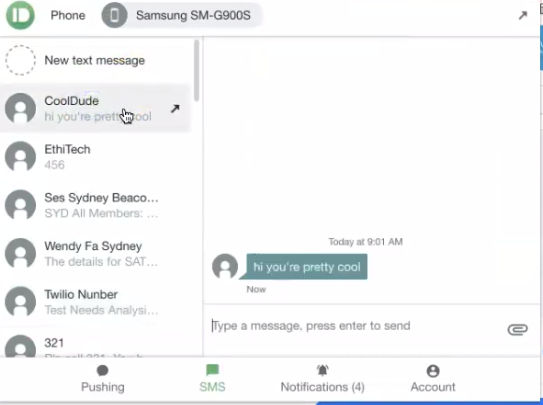
As you can see, our message (sent in Twilio) comes from a number listed as “CoolDude”, which we have complete control over. You can change it here in your CRM:
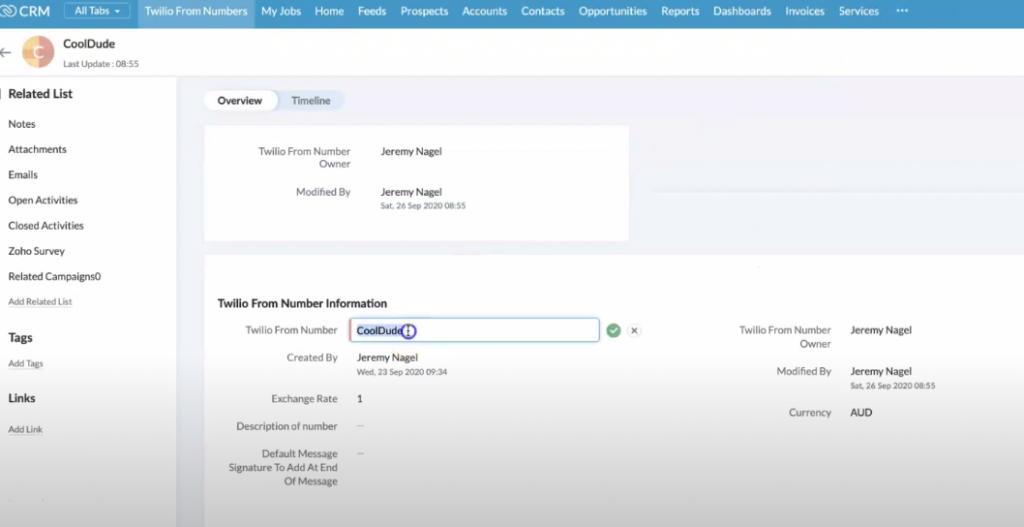
It can be anything you want up to 11 characters.
Setting It Up
So how do you get this working? First of all, you need to make sure that you’re in a supported country. If you’re in a country like Armenia, it’s supported but you have to be pre-registered. If you’re in the United States however, it’s not supported at all.
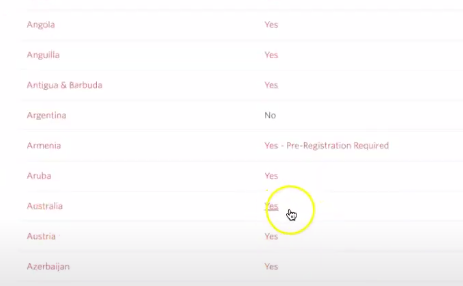
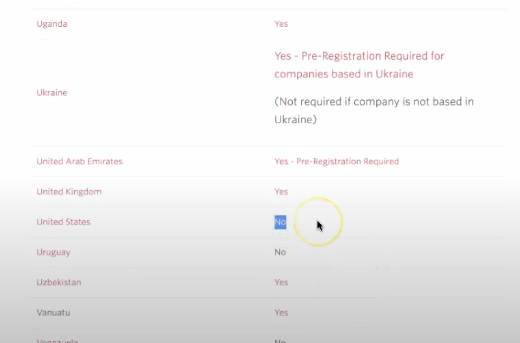
Another thing to bear in mind is the fact that you can’t actually reply to this message. If you try to reply back, it will fail because the name isn’t linked to anything. For that reason, alphanumeric sender IDs should have a way for people to reply in the messages. Here’s an example:
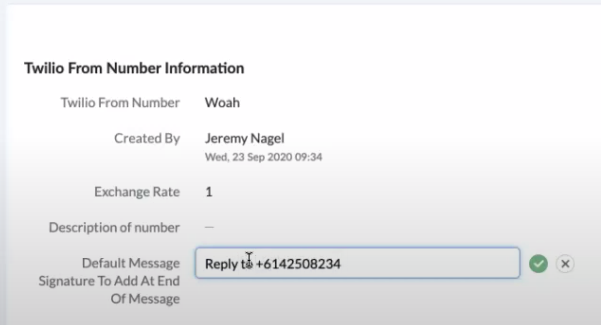
You could even add a link or something like that. Here’s how it appears on the receiving end:
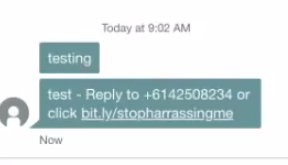
You can see now that it comes with a signature at the end. This can be good for sending for a variety of reasons. Let’s say you’re logged into your bank with a one time transfer password. It would ask you to confirm the transfer, and perhaps have the name of the bank of a signature. That’s not something that requires a reply, and people probably won’t opt out of something like that.
But be careful about doing something promotional. No one wants to be stuck with your advertisements, and you don’t want to get in trouble. Give them a way to opt out.
Conclusion
There’s one final thing to note: alphanumeric sender IDs may not be enabled in your Twilio account. If so, you’ll need to contact Twilio support and ask them to enable it for you. How do you check that? Log into your Twilio console and go to “programmable messaging”.
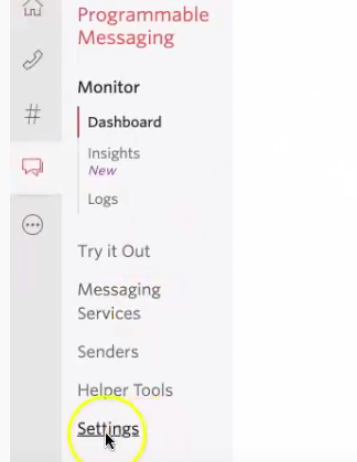
Then, head over to settings. Here, you’ll see if alphanumeric sender IDs are enabled:

Once you see that, you’re good to go. Good luck!
